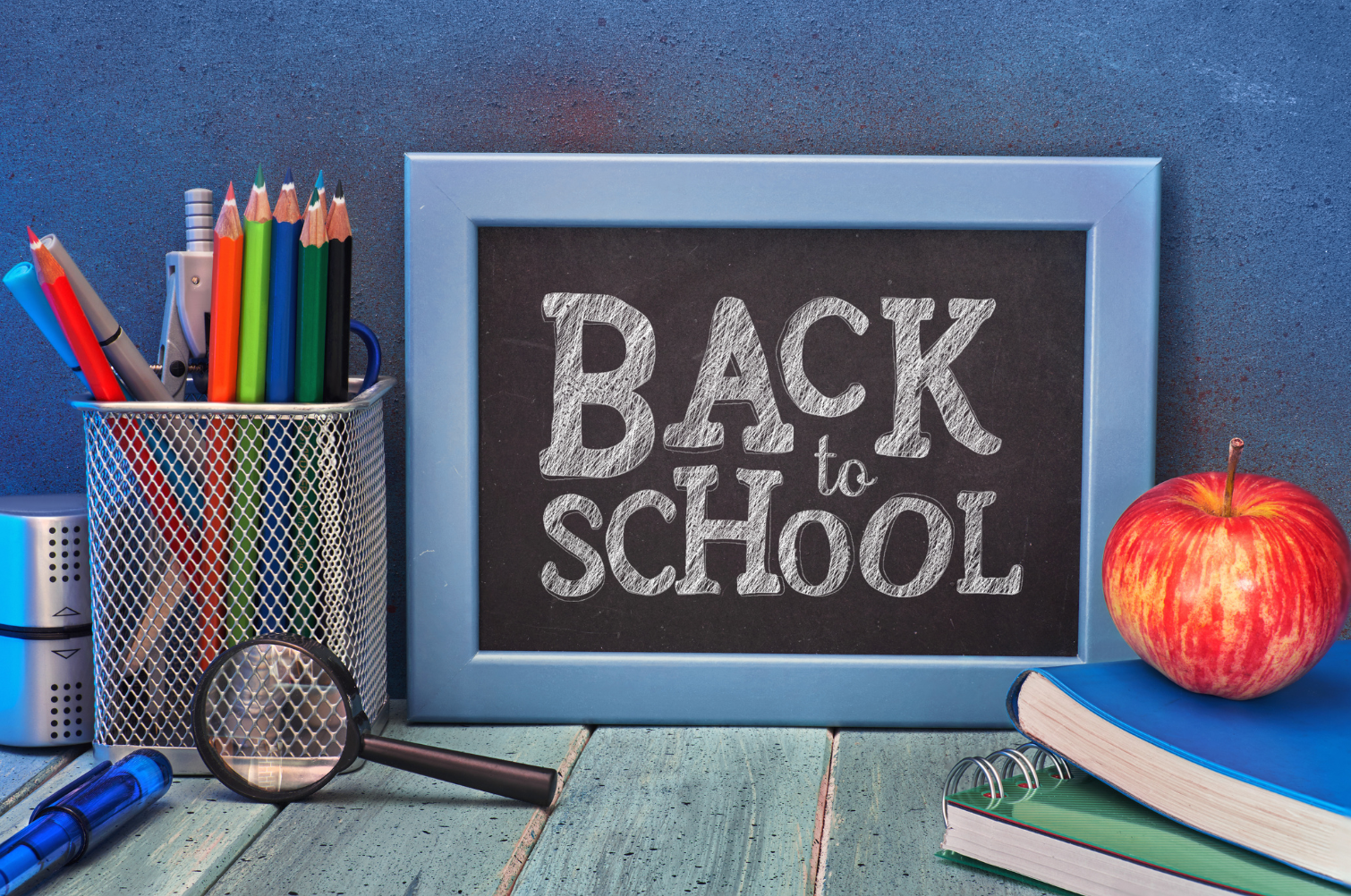
Primary Edition
The beginning of a new school year is upon us! Whether your child is brand new to school or a returning student, the transition from summer break back to school is a big one. Some children may be excited and eager; some may be worried or nervous. Either way, this means an increased arousal level within the body and an elevated nervous system. For some kids, this may present as a tummy ache, for others it might be excess energy, a change in appetite, big feelings, or difficulty with sleep. To help support them during this anticipatory period, here are some tried and true tips for making the return to school as smooth as possible for the whole family.
Social stories
This is one of the most effective tools for supporting Primary kiddos in the face of change. At this age, children have a high need for consistency, routine and clear expectations. When we tell social stories, we are preparing children for what to expect and removing as much of the unknown as possible. By telling the “story” of their day, you are helping them create mental images. When these stories are repeated regularly (at dinner, during bath time, before bed, at breakfast, in the car) you are solidifying that mental image and building feelings of trust and safety. We see it over and over, more repetition directly corresponds to more readiness, more calm. At this age, we try to keep our language short and sweet to avoid the overwhelm of too many words. Here is an example:
On Monday, you are going to start school at Cedars. Your classroom is called Rabbit Run, and your teachers are Ms. Elizabeth and Ms. Emi. (Show photos of your teachers when you can.) They are there to help you with whatever you need, and to give you fun lessons to do at school. In the morning, you will wake up and get dressed, we will eat breakfast together, then Dad will drive you to school. When you get there, Dad will walk you to the front door and give you a hug and a kiss and then you will walk through the door by yourself. You will work, play on the playground and eat lunch. After lunch, you will go to aftercare with Ms. JJ and take a nap. When you wake up from your nap, I will be there to pick you up! I will be so happy to see you and hear about your day.
Tailor it to fit your schedule, and for those who are nervous you might add:
You might feel nervous or worried on your first day. Sometimes I feel like that when I do something new, it is okay to feel like that. Dad will give you a hug and a kiss and say goodbye. I will always come back and pick you up after school.
On average, transitions take 4-6 weeks, so don’t be discouraged if the first few weeks are hard, just keep telling them the story of their day. It is a powerful tool for easing their minds, as well as easing morning drop-off!
Trial runs
If you can, plan out a “trial run” a few days before school starts. (Make sure they know it is practice, just for fun, and they won’t actually be going to school that day.) Then go through the entire routine from getting dressed and eating breakfast to packing their backpack to pulling through the circle drive. Then go somewhere fun after to celebrate!
Playground
Some families like to come play on the Cedars playground on the weekends to get comfortable together at the new school. You are welcome to come play on the primary playground as a family and settle in.
Backpack and containers
If possible, let your child pick out their lunchbox, water bottle and tote bag. If you already picked out their items or are using hand-me-downs, go through and label them all together, maybe they can put the name stickers on. Let them practice opening and closing, zipping and unzipping, packing their lunchbox up and unpacking again. Make sure they can open and close all their containers, fit them in their lunchbox, and zip and snap everything independently.
Bedtime
Bedtime may need to move a bit earlier in preparation for school or after the first few days. You may notice they come home exhausted, and sleep routines may need to shift. The transition from summer to school, the excitement/nerves of a new place, new friends and new teachers can be exhausting! A lot of mental energy will be spent, and they will likely need a few extra hours of sleep.
Routine and schedule
Setting up a predictable home routine is a great way to provide consistency and stability during a new transition. While things will be new and different at school, home will stay the same, and this provides a lot of reassurance. It also allows kids to spend their energy processing the newness at school while relying on the safety and security of the familiar at home. Aim to keep your schedule as consistent as possible in the weeks before and during the transition back to school.
Big Feelings
Build in some extra 1:1 time during the first few weeks. Expect more meltdowns, bigger emotions, and know that it won’t last forever. Use play to reset, offer meaningful connection, be silly together. Listen, name emotions and give language to them, let them know it is okay to feel that way and you are there for all of it. You don’t have to fix or solve it, we can’t always do that, just listen and connect. In doing so, you are giving them the gift of feeling seen, you are filling up their cup. And they will need a little extra at the beginning.
Drop-off
Prepare for a potentially teary or difficult drop-off. It is the big moment of separation, enhanced for some by having been at home together for the summer months. You can expect your child’s teacher or assistant to support you in a quick separation- and, yes, sometimes this means gently removing your crying child from your body- yes, it will be hard! Even if you don’t feel okay you can show them that you are confident and trust in their teacher and school by giving them a hug, a kiss, an I love you, and then walking calmly away.
Children take their cues from their parents, and you can share your calm with them. The faster the separation, the faster we can begin the recovery and the faster the recovery itself. And for that, we have all the best tricks. Enticing materials to play with, delicious snacks, an incredibly friendly Frankie the cat, sweet older children eager to help, cozy reading corners, and three silly goats, just to name a few.
We hope you enjoy the last days of summer, and we look forward to welcoming you back to Cedars soon!


